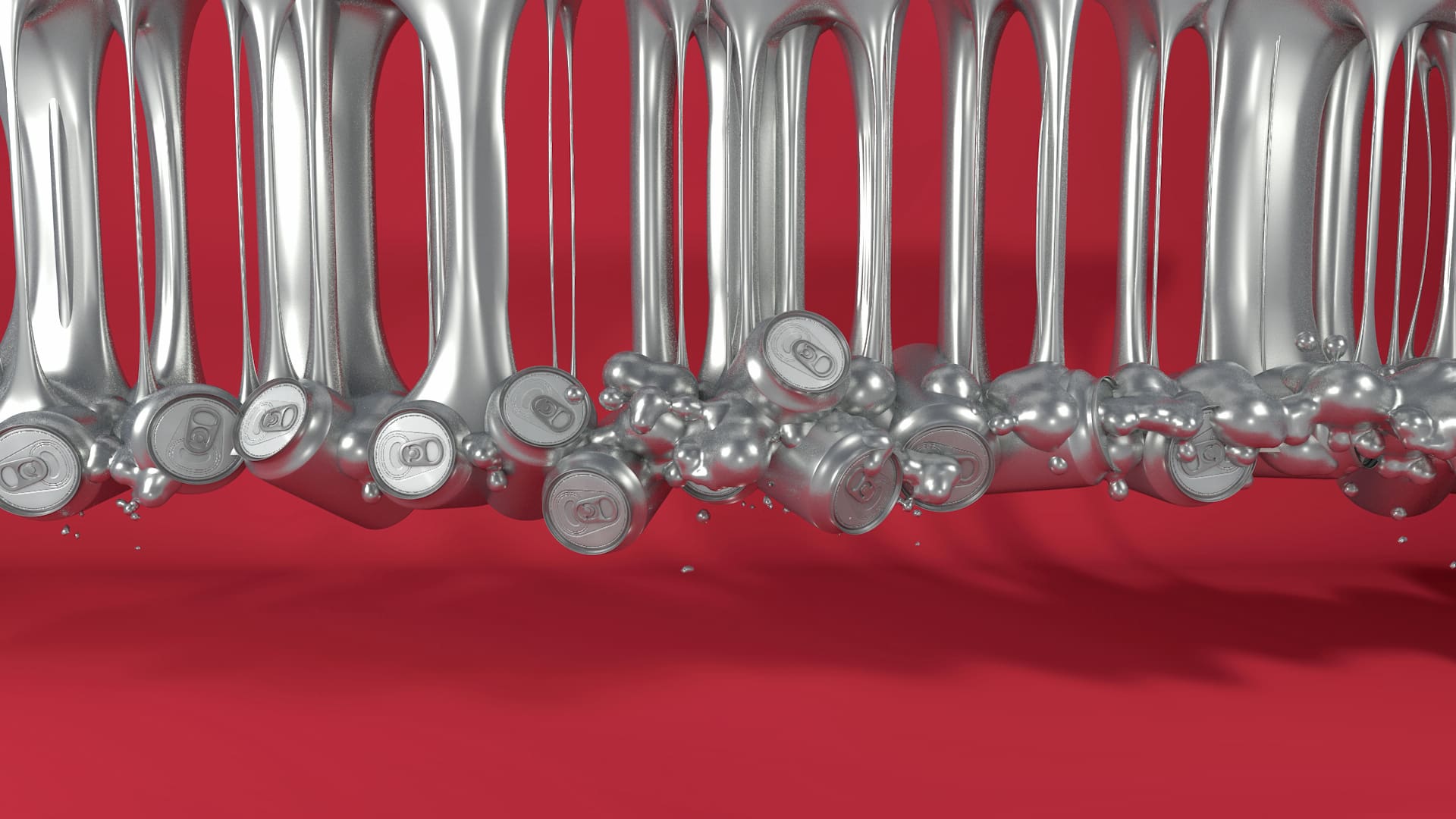On Sunday 1 April, the UK Sugar Tax comes into effect (and no, it is not an April Fool’s joke). The levy aims to tackle the rising rates of obesity and type 2 Diabetes in the UK while raising approximately £520 million per year which will go towards funding sports in primary schools.
There are tonnes of big brands whose products consist of pretty high amounts of sugar – so how are they going to work around being labelled (and taxed) as an unhealthy product?
A tax that isn’t so sugary sweet…
Nearly two years ago, the UK government announced that a new tax would be introduced in the UK on sugary soft drinks. The levy taxes soft drinks with a sugar content over 5g per 100ml. That means big brands like Coca-Cola, Irn Bru, Red Bull and plenty of supermarket own-brands could be hit with a large tax bill, as well as indirectly being labelled as unhealthy. There is also a higher tax band covering drinks with more than 8g of sugar in 100ml of drink, which is going to hit the energy drink sector pretty hard.
The end goal in taxing sugary drinks is to reduce the amount of sugar being consumed in the UK and hopefully reduce the number of people suffering from obesity-related illnesses such as type two Diabetes. There are two ways in which this could work: 1) drinks brands reduce the amount of sugar in their products or bring out lines of sugar free drinks, or 2) drinks brands increase the price of their sugary drinks to mitigate the tax they need to pay for them. But with the potential for a 2L bottle of fizzy juice to increase in price by 48p, that doesn’t appear to be the most appealing option if these brands still want to keep sales figures on the up and up.
There will always be a full sugar content option available and people will always buy them (I mean who doesn’t love a full-fat, full-sugar Coke out of a glass bottle on a hot day?!) But brands, especially the big brands, are keen to make sure they have a healthier offering and keep a positive brand message going out to their audiences.
A recipe for disaster? Apparently not…
Irn Bru is often described as Scotland’s other national drink. In Scotland, it even pushes industry giant Coca-Cola out of the top spot for Scotland’s best-selling soft drink. At the end of 2017, the AG Barr company announced that it was reducing the sugar content of their orange nectar by 50% ahead of the 1st April. The population was outraged. The ‘Hands off our Irn Bru’ campaign took off on Twitter due to the change in taste and the sweetener used as a replacement for the sugar. People were even panic-buying cases of Irn Bru before the new recipe was released in January 2018.
Rather than the traditional tonne of sugar, aspartame will be used to give the drink it’s signature sweet taste. But aspartame has been quite controversial since it was approved to be used in food and drink products back in the 1980s. It’s been linked to everything from allergies and liver damage to increased risks of premature births and even cancer.
Despite this, AG Barr has just announced its biggest increase in sales – up 8% despite the recipe changes. So, it turns out changing the recipe for your product might not always be a recipe for disaster. These are just the initial findings – we’ll have to wait and see if the change in recipe has a long-term effect on sales.
Rebranding and Refocusing
Rather than changing their recipe, Coca-Cola went down the route of rebranding their diet product, Diet Coke, with the aim of enticing more consumers to buy its healthier options. Interestingly, the new packaging design replicates that seen in what could be considered ‘luxury’ soft drinks brands like Belvoir. It’s a section of the market that Coca-Cola haven’t really been able to dominate as of yet and it will be interesting to see how branching out like this will affect other luxury brand sales.
Tall and slim cans add to the more up-market feel of the new brand. The logo has increased in size and has a faded effect. And it isn’t just the packaging that’s new – the brand is looking to introduce new flavours like exotic mango and feisty cherry.
Alongside this rebranding project, there has been a huge refocus of advertising spend. A whopping £10 million has been put behind the marketing campaign for the new brand in the UK alone.
The original Coca-Cola recipe will remain the same. They tried changing it in 1985 with New Coke and had to revert back to Classic Coke only 78 days after New Coke’s release due to the backlash they received. Sometimes, you really can’t change the original recipe.
Changing up your recipe or rebranding your product can be quite a daunting process. There’s a lot to think about, from target audiences to brand. That’s where our Elastic thinking comes in. Our brand workshops make sure all of your key stakeholders come together to identify where you’re at and where you want to go. So why don’t you get in touch today to find out how we can help.





